
A cephalopod is any member of the molluscan class Cephalopoda (Greek plural κεφαλόποδα, kephalópoda; “head-feet”). These exclusively marine animals are characterized by bilateral body symmetry, a prominent head, and a set of arms or tentacles (muscular hydrostats) modified from the primitive molluscan foot. Fishermen sometimes call them inkfish, referring to their common ability to squirt ink. The study of cephalopods is a branch of malacology known as teuthology.
Cephalopods, as the name implies, have muscular appendages extending from their heads and surrounding their mouths. These are used in feeding, mobility, and even reproduction. In coleoids they number eight or ten. Decapods such as cuttlefish and squid have five pairs. The longer two, termed tentacles, are actively involved in capturing prey; they can lengthen rapidly (in as little as 15 milliseconds). In giant squid they may reach a length of 8 metres. They may terminate in a broadened, sucker-coated club. The shorter four pairs are termed arms, and are involved in holding and manipulating the captured organism. They too have suckers, on the side closest to the mouth; these help to hold onto the prey. Octopods only have four pairs of sucker-coated arms, as the name suggests, though developmental abnormalities can modify the number of arms expressed.
The cephalopod radula consists of multiple symmetrical rows of up to nine teeth – thirteen in fossil classes. The organ is reduced or even vestigial in certain octopus species and is absent in Spirula. The teeth may be homodont (i.e. similar in form across a row), heterodont (otherwise), or ctenodont (comb-like). Their height, width and number of cusps is variable between species. The pattern of teeth repeats, but each row may not be identical to the last; in the octopus, for instance, the sequence repeats every five rows.
Information from Wikipedia

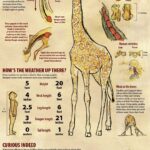


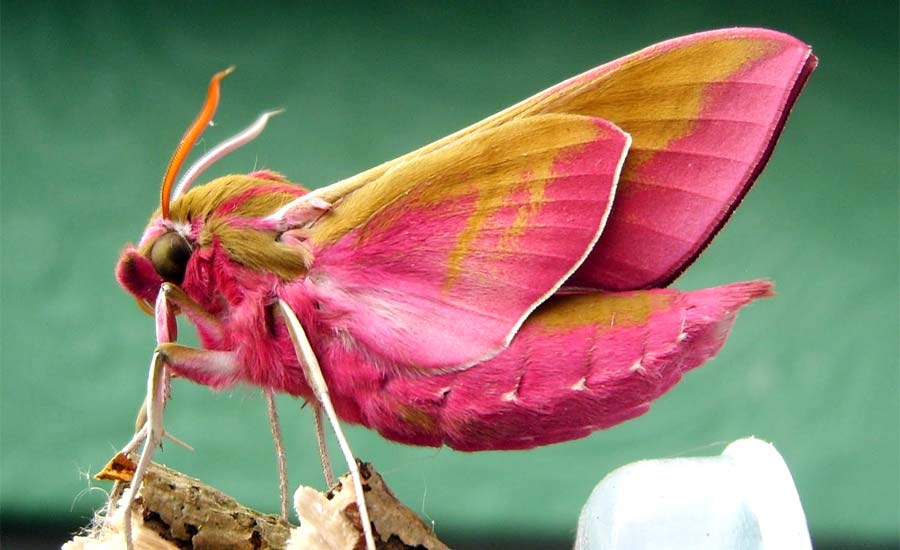

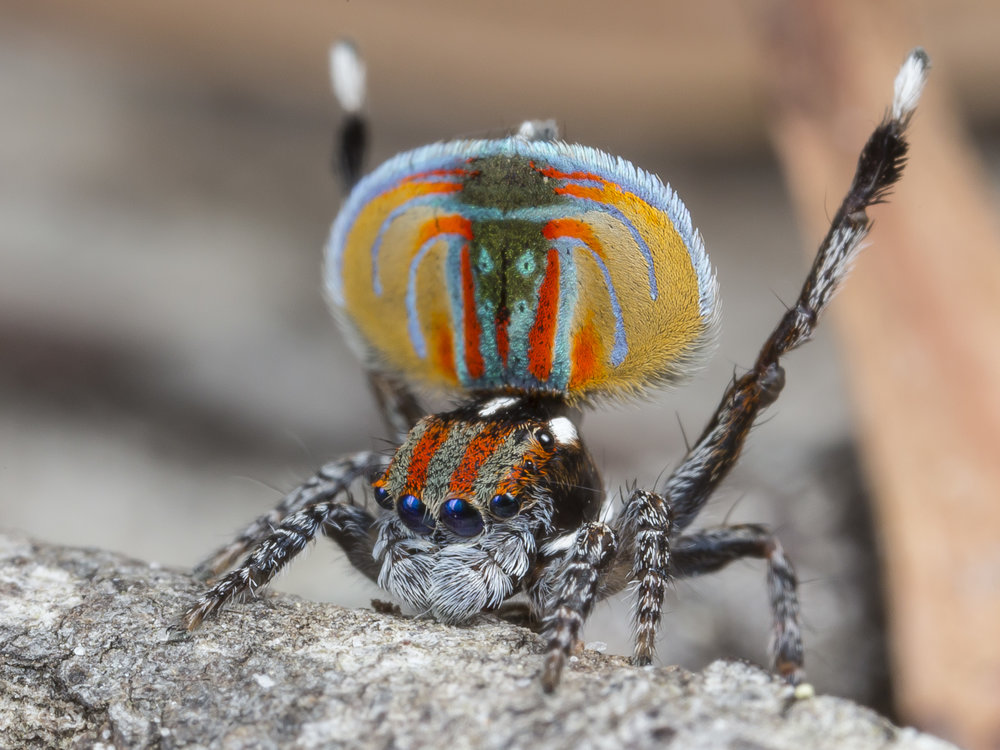
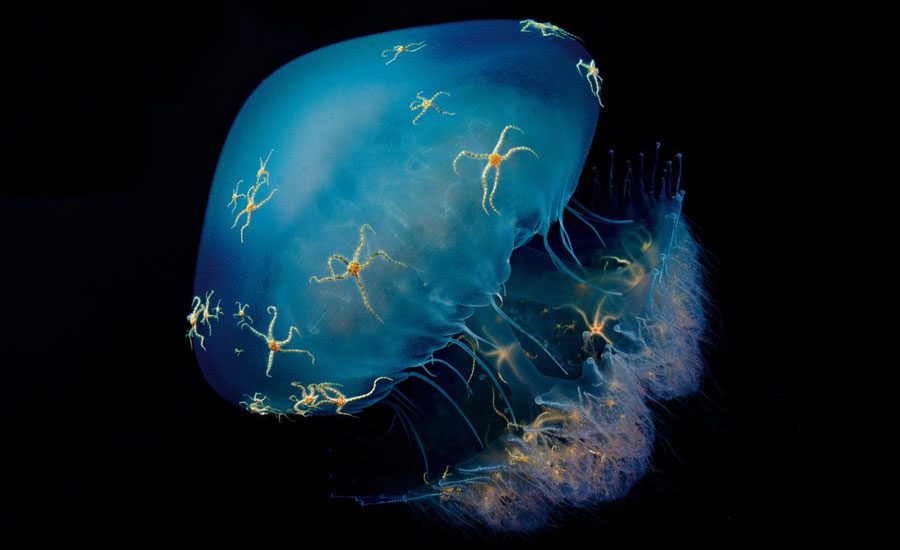
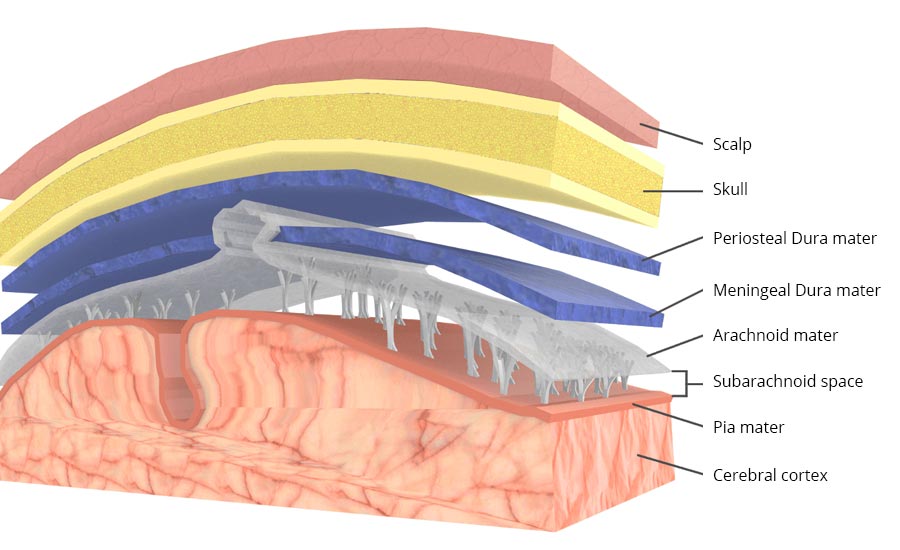



Leave a comment